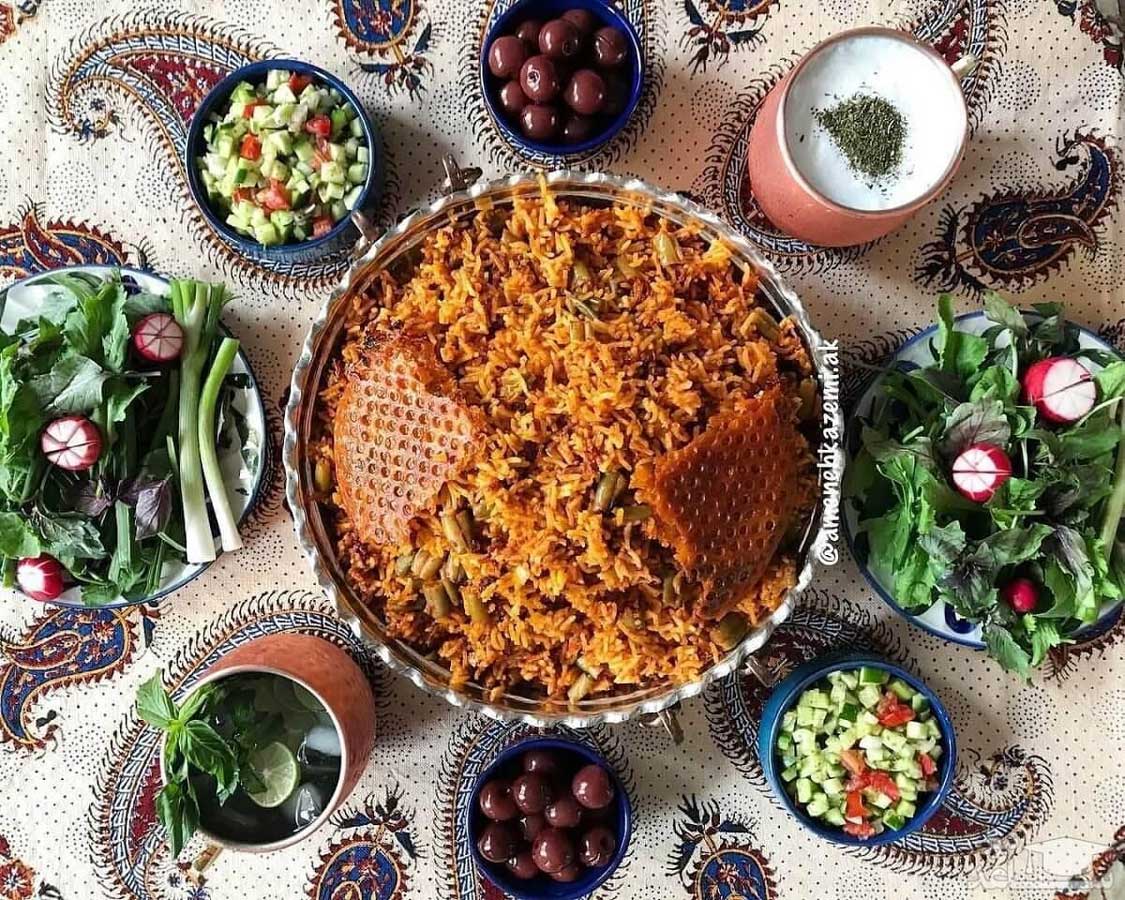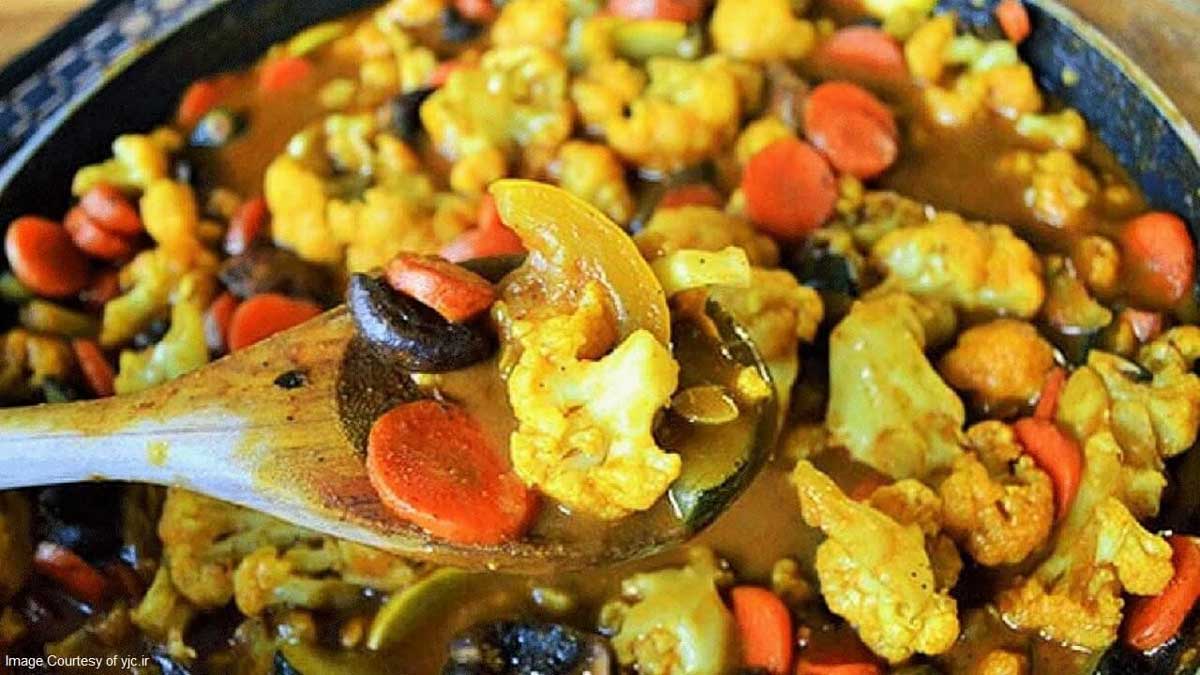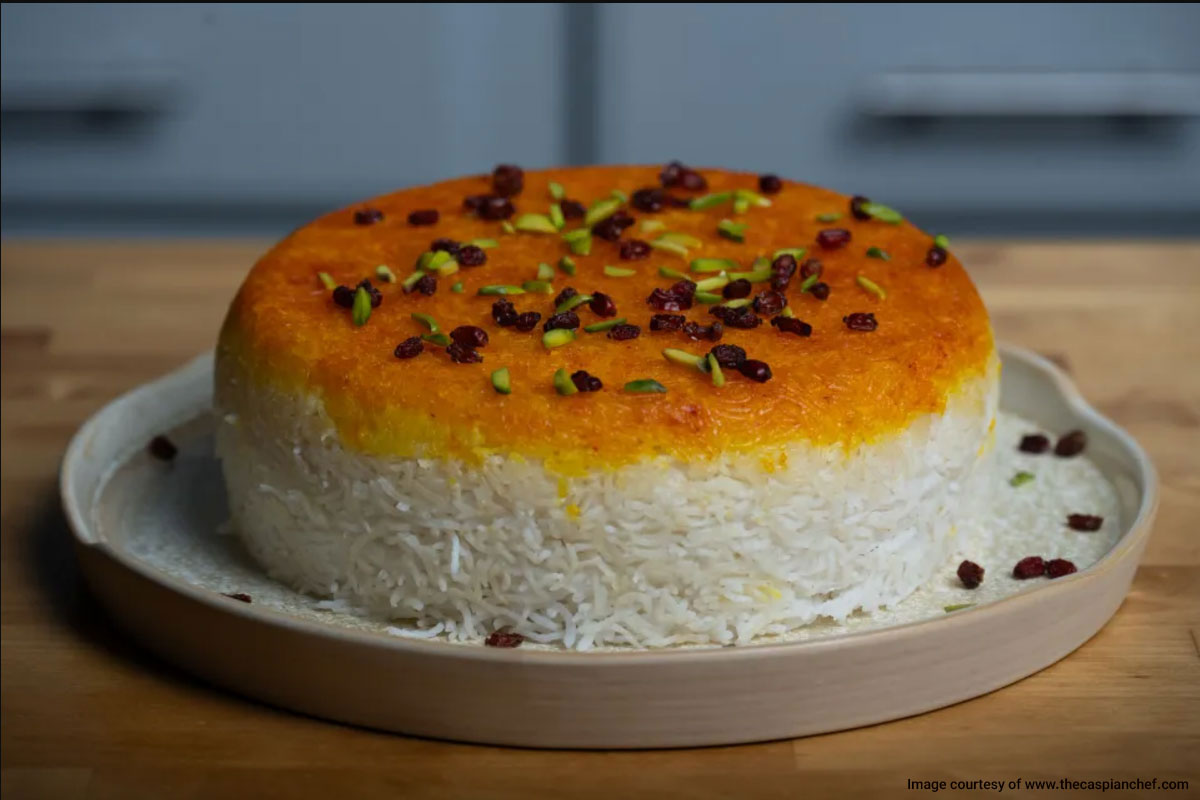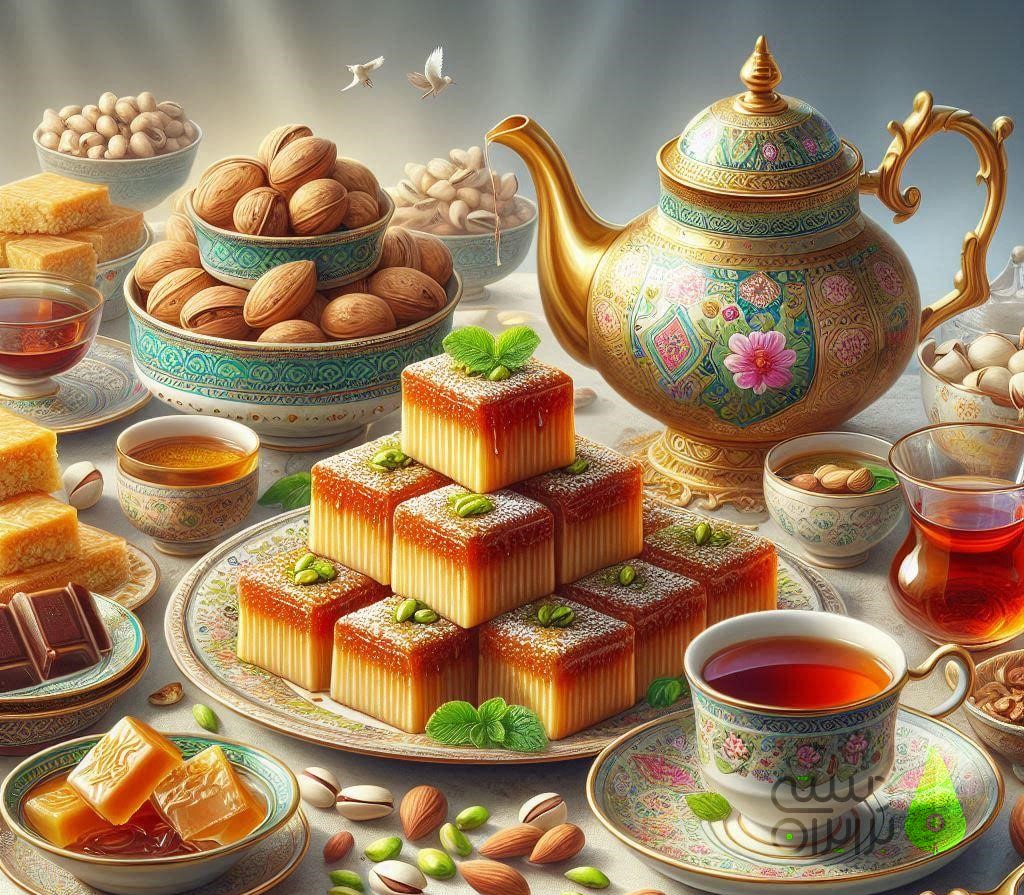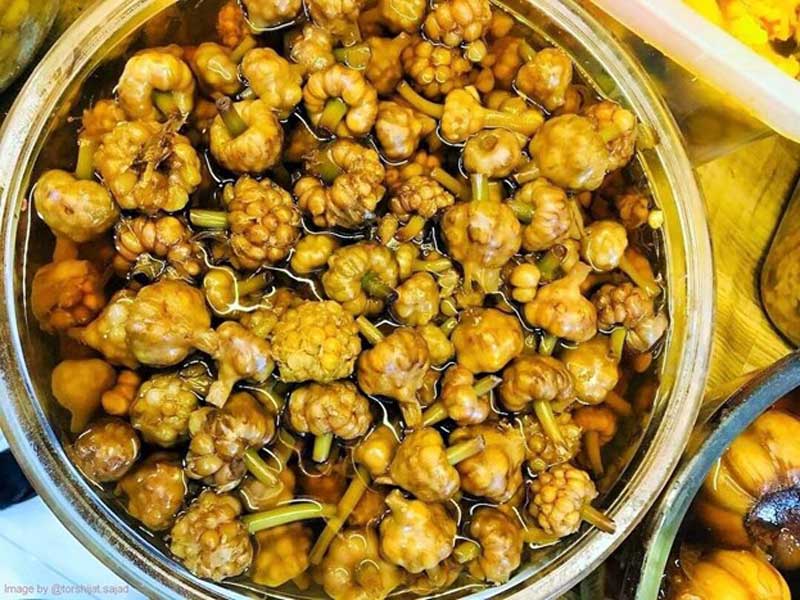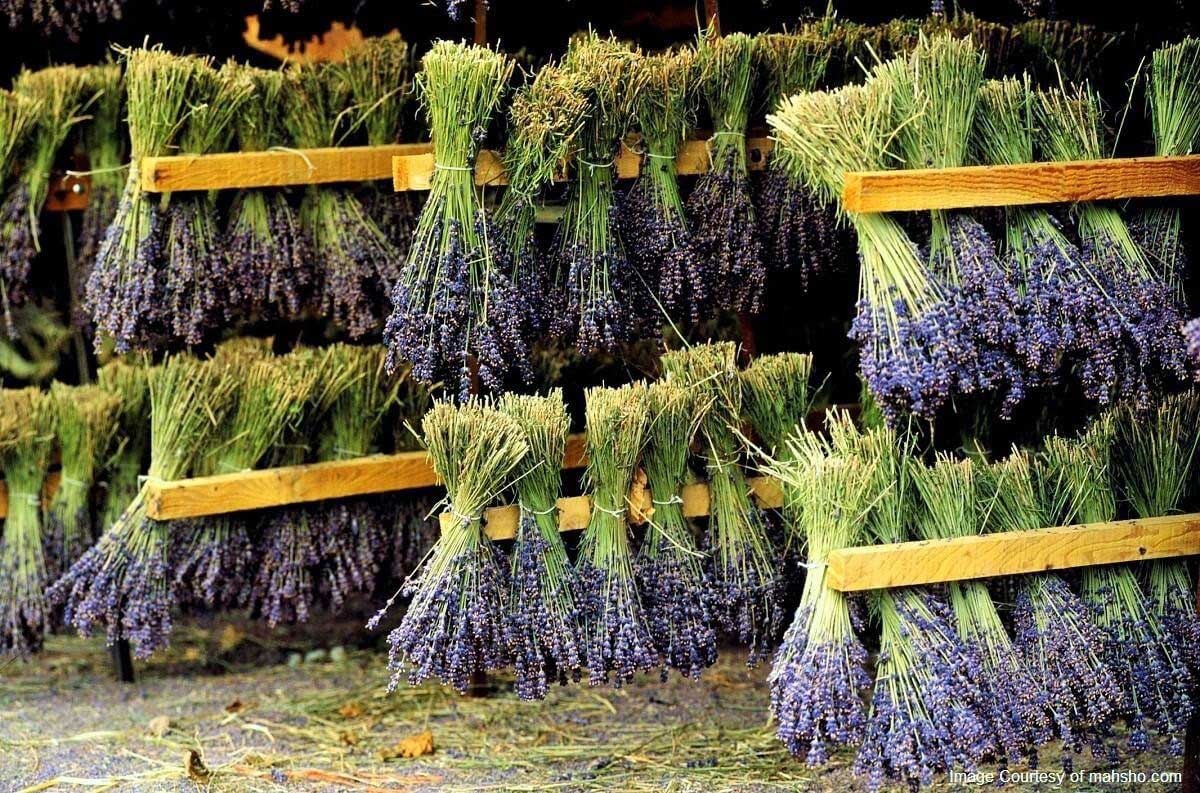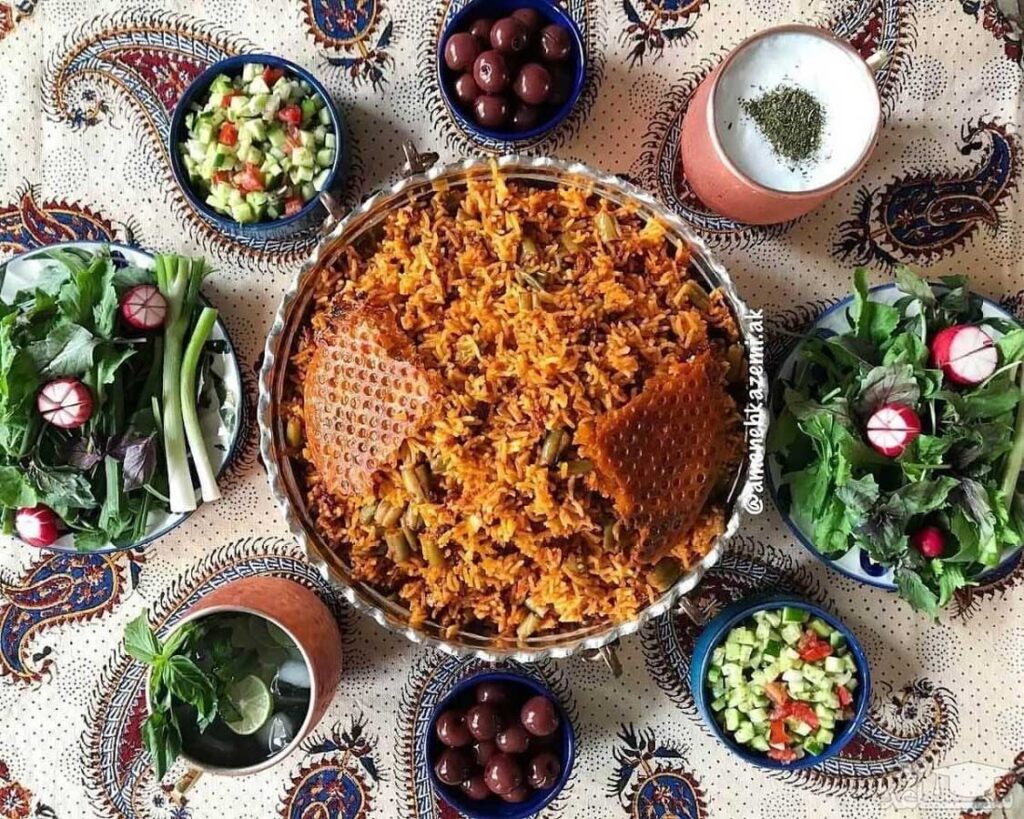
In Iranian traditional medicine, foods are divided into two categories based on their Mizaj (temperament), warm-tempered food and cold-tempered food, and how they affect the body. Warmness and coldness in Iranian food are concepts that explain the impact of food on one’s Mizaj (temperament). In this sense, consuming cold foods has an unpleasant effect on cold-tempered people and consuming warm foods on warm-tempered individuals.
In the past, Hakims (traditional medical experts) were concerned about food temperaments. According to Iranian traditional medicine, people’s health depends on keeping the body balanced through careful consumption of warm-tempered and cold-tempered foods. In general, cold and warm temperaments are found in both plant food sources such as fruits and vegetables and animal food sources such as meat and dairy.
Problems in Unbalanced Consumption of Foodstuff

According to traditional Iranian medicine, consumption of Garm Mizaj foods (warm-tempered foods) such as mutton (mature sheep meat) increases blood flow and has a positive effect in maintaining body heat. But excessive consumption of these warm temperament foods can cause the following issues: high blood pressure, excessive thirst, depression, headache, anxiety, brain fog and dizziness.
On the other hand, the excessive consumption of Sard Mizaj foods (cold-tempered foods) can lead to various diseases: rheumatism, frequent urination, excessive secretion of saliva, stomach ache, flatulence, diarrhea, anxiety, fatigue, muscle spasms and cramps and muscle pain.
Traditional medicine recommends a balanced diet of cold and warm temperament in Iranian food recipes to deal with the adverse effects of excessive consumption of warm and cold foods.
Introduction to Mizaj in Iranian Traditional Medicine

Abu Bakr al-Razi is one of the most prominent Iranian scientists and Hakims who conducted experiments to figure out the warm and cold temperament of foods. He poured some blood into a glass vial, and he noticed that the blood was divided into four layers after a while. Razi interpreted that the different layers conclude the following explanation:
- The First Layer (Lowest Part of the Vial): Razi described it as a dark layer of blood, which was the accumulation of condensated red blood cells.
- The Second Layer: He described the layer as similar to egg white. This layer was formed by the accumulation of white blood cells and platelets.
- The Third Layer: It was the accumulation of hemoglobins, and was bright red in color.
- The Fourth (Upper) Layer: A foamy layer with a yellow color.
According to traditional medicine, the first layer is Sauda (black bile), the second layer is Balgham (phlegm), the third layer is Khoon (blood), and the fourth layer is Safra (yellow bile). According to Hakims, each layer possesses unique characteristics and corresponds to one of the natural elements:
- Safra correlates to the natural element fire, with a hot and dry temperament.
- Balgham correlates to water and has a cold and humid temperament.
- Khoon is equivalent to air in the nature and has a warm and moist temperament.
- Sauda correlates to soil and has a cold and dry temperament.
The Importance of a Balanced Diet of Cold and Warm Temperament
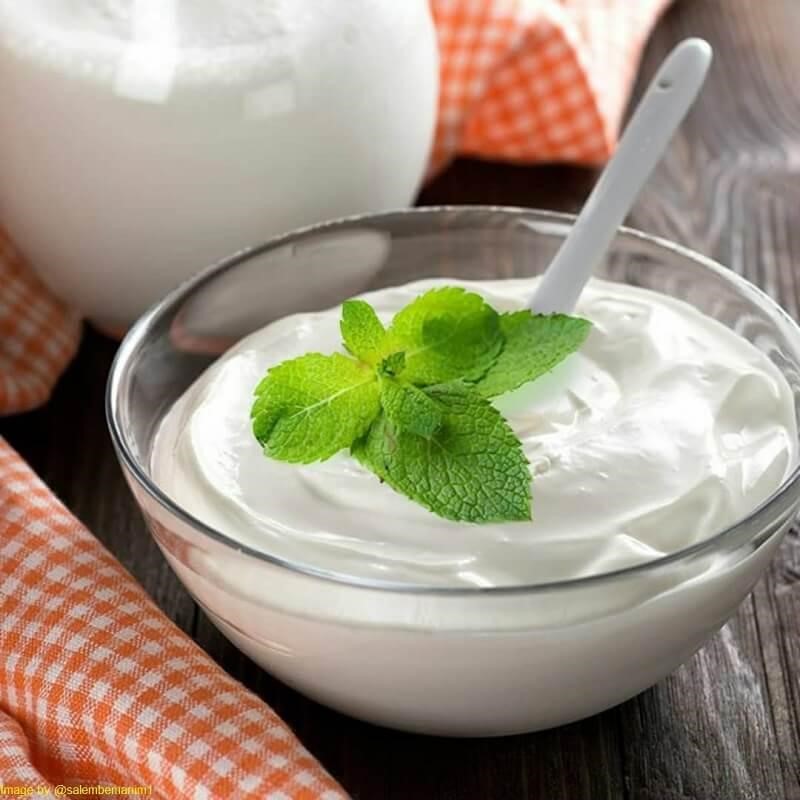
In the human body, the four layers recognized by Razi’s experiment, Sauda, Balgham, Khoon and Safra, are mixed together. The characteristics of these temperaments and the dominance of each layer leads to the formation of warm and cold temperament in people.
In this sense, there are a total of 9 temperaments. The first 4 are simple temperaments, including warm, cold, dry, and humid. The next 4 temperaments are created by the combination of simple temperaments, including warm and dry, cold and dry, warm and humid, and cold and humid. The final temperament is the balanced temperament, which emerges by reaching a balance between the four Khelts (humors), Sauda, Balgham, Khoon and Safra.
Warm-tempered and cold-tempered foods should achieve a balance that adapts to an individual’s temperaments, leading to a balanced body and soul. Traditional medicine recommends consuming foods of opposite temperament to maintain balance. For example, someone with a cold temperament can achieve balance by eating warm-tempered foods.
Since both humors, Sauda and Balgham have acidic properties, consuming them leads to cold temperament. On the other hand, the two humors of Khoon and Safra have an alkali temper and bring about a warm temperament.
According to traditional medicine, most people have a cold temperament. Cold-tempered individuals usually have lighter skin, and face problems in maintaining body heat in cold weather. They tend to sleep more and are often malnourished. Cold-tempered people are usually calm and less nervous, more introverted and often conceal their emotions. Cold-tempered individuals have narrower blood vessels and a slower heartbeat.
On the other hand, traditional medicine believes that warm-tempered individuals are friendly and sociable, but can lose their temper and get angry rather quickly. Warm-tempered individuals have a higher body temperature, and may experience rash and itching if they consume a lot of sweets.
Warm-tempered individuals can easily increase their body temperature in cold weather, but have difficulty tolerating hot weather. In fact, they usually have problems with excess body heat, which is why they tend to drink more water.
Learn More About Cold-Tempered Food & Warm-Tempered Food
Iranian traditional medicine literature goes in depth about the concepts of warm and cold temper in Iranian food. Extensive modern research has validated these claims and theories to some extent. Although some scientific discoveries have rejected some traditional theories, studying food and drink temperaments is still an interesting endeavor.
Considering the different climates in Iran, you can find a variety of warm and cold-tempered foods in different parts of our country. If you are planning to visit Iran with an Iran tour package or by yourself, be sure to check out the cold and warm temperament in Iranian food.
In our efforts to introduce the intangible cultural heritage of Iran, Destination Iran believes learning about food temperaments is essential in understanding Iranian food culture.






